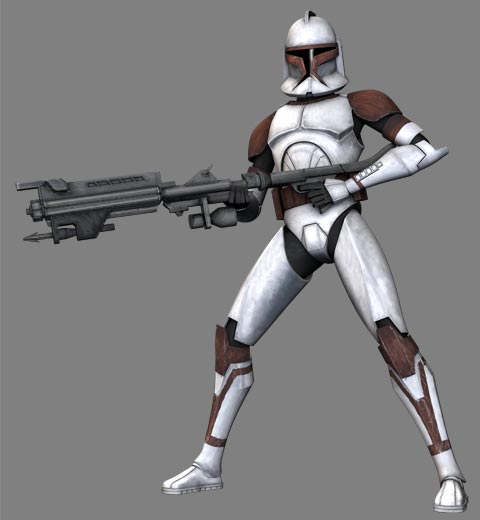

His forces enjoyed great success, capturing the fortress of Namur and later defeating Charles Lanrezac’s Fifth Army at the Battle of Charleroi. In 1914, he was given command of the German Second Army that would lead the attack into Belgium in accordance with the Schlieffen Plan. By the time the First World War started, he was something of a veteran, having seen action in both the Austro-Prussian and Franco-Prussian Wars. Among the Dukes, Archdukes, Barons and Counts, the Germans also fielded several members of royal families: Prince Heinrich of Prussia served in the Kaiserliche Marine but was limited during the war to an appointment as Inspector-General of the Navy the 69-year-old Prince Leopold of Bavaria commanded the German Ninth Army on the Eastern Front Crown Prince Rupprecht was considered a fine tactical leader, and his Sixth Army inflicted heavy casualties on the French forces at Lorraine while Crown Prince Wilhelm – son of Kaiser Wilhelm II – led the Fifth Army at Verdun, appointed to the task by Chief of Staff Erich von Falkenhayn.įrom the “Blood-Miller of Verdun” to the “Lion of Africa”, we remember some of Germany’s greatest military masterminds.Īccording to the tradition of his Prussian family, Karl von Bülow entered the military as a young man. There were many notable commanders of German forces during the First World War, many of whom had come from nobility.

In the ensuing war, Germany could call upon a rich vein of military experience: men who had fought for Prussia and Austria, and who could trace their lineage back through distinguished military backgrounds across the various Germanic states. With imperial aspirations running rampant, events in the Balkans in 1914 rapidly escalated into a full-blown conflict between Germany/Austro-Hungary and the Entente of Britain, France and Russia. Following the unification of Germany in 1871, the scene was set for the powers in Central Europe to begin flexing their collective muscles.


 0 kommentar(er)
0 kommentar(er)
